A printer and his beautiful calendar "The Age of Empires" - The Noel D'Cunha Sunday Column
Falit Pandya has a passion for calendars, and he likes to collect vintage Japanese calendars. His company in Ahmedabad, Print Vision, has been producing theme-based calendars for the last seven years. This year he picked the theme “The Age of Empires” for the calendar.
The calendar features 12 empires which in their time ruled the world. “The point here is, no matter how powerful or wealthy you are, in the end you will be remembered for the legacy you leave behind,” says Pandya. The que
02 Jun 2017 | By Noel D'Cunha
PrintWeek India (PWI): From the traditional Panchagan to artists like Raja Ravi Varma are pioneers in the lithographic calendar art. Later, landscape artists used to paint pictures in a realistic style for calendars. Painters like Raghuvir Mulgaonkar, Deenanath Dalal, S M Pandit, P Sardar and J P Singh created their own unique style. Other than the Print Vision calendar, which is the type of calendars which have impressed you?
Falit Pandya (FP): Calendars for me are a passion. I personally like vintage Japanese calendars and I collect them.
PWI: What have you produced this year?
FP: We have been doing theme-based calendars for the past seven years. Theme for this year’s calendar is "The Age of Empires". We have covered 12 empires, which in their time ruled the world. However, the point here is, no matter how powerful or wealthy you are, in the end you will be remembered for the legacy you leave behind. So, the question the calendar is asking its viewers is the legacy, that they plan to leave behind.
PWI: Print run? And approximately how many days production period?
FP: We started with 200 calendars in 2010 and today have reached to 1000. It takes us about two months to produce this calendar. However, the designing and conceptualising takes longer.
PWI: What R&D did it entail?
FP: We try to work with different inks, print media etc and honestly since we know we have to do something different every year, our R&D is on it throughout the year by keeping the concept in mind. One of the most challenging this time was the voice introduction to the calendar. We have worked with a voice artist from Scotland to do the voice for us.
PWI: What challenges did you have to overcome?
FP: The biggest challenge was to find time to produce it. I know one day I will be able to launch it on time.
PWI: In order to get this right, how many prototypes and finished dummy did you have to create?
FP: Every page usually is done and redone at least two to three times.
PWI: The calendar is a masterclass in various printing processes. What is the thing to watch out for when so many processes are involved?
FP: I believe the most important thing is to make sure all the technologies, materials and process give an aesthetically harmonious result. Many times, we find out that the page looks good by itself, but doesn’t fit the theme, so we try hard to create the design by keeping the processes in mind and at times do the reverse.
PWI: Can you elaborate about the Magic Ink used in the calendar?
FP: We have been toying with this ink for a couple of years now, but this year we found a place for it in the calendar. Its water reactive ink, which becomes transparent when wet and turns opaque when dry. We have provided a spray pen along with the calendar, so the viewer can experience the ink and its effect.
PWI: Also, can you tell us about the Seed Paper. Plus the concept plus viability of these papers.
FP: This year we have used Seed paper & Gandhi paper (British Empire page), which is available at Sabarmati Gandhi Ashram. Seed paper as a concept is all about going green; however, it’s not very viable right now in large volumes as production is not up to speed. Nevertheless, it’s a great concept to pitch to clients who want to catch the “go green” train.
PWI: What has been the feedback from friends and customers?
FP: I personally am always interested in negative or constructive feedback rather than positive. It’s because of this that we have come to realise that this calendar is not just ink of paper but an experience.
Viewers interact with the calendar, they feel, smell and this time even listen to the pages. So we have to put an effort in creating a seamless experience. This we have learnt from the feedback that we receive, allowing us to think from an entirely different perspective.
PWI: Begun work on the next calendar?
FP: No, but I probably should, if I want to get it done in time.
PWI: Do you think we need art education - along with print gyaan - in India? Technically we have evolved a lot but some of the work is aesthetically challenged...
FP: Absolutely, today the printing industry has the cutting edge of everything. But when you compare our design language, ideas and concepts, they are yet to reach a maturity level that we see in developed countries. Of course, brilliant work is happening every day, but that’s limited. In order to raise the collective bar, good education and guidance is a must.


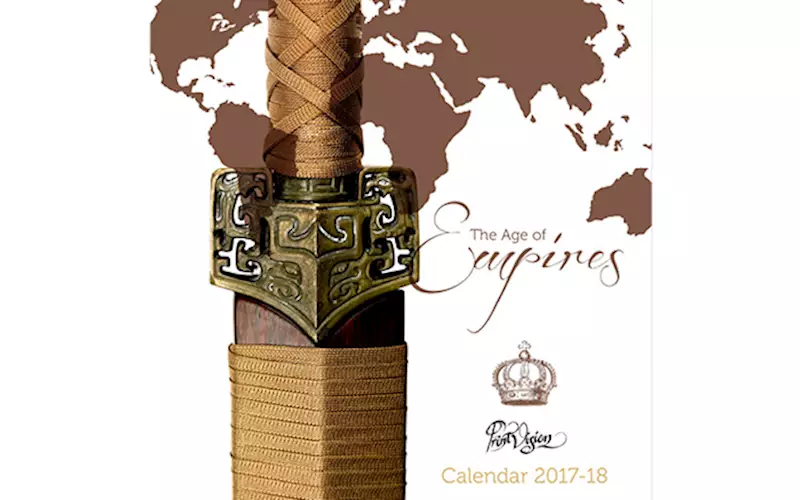
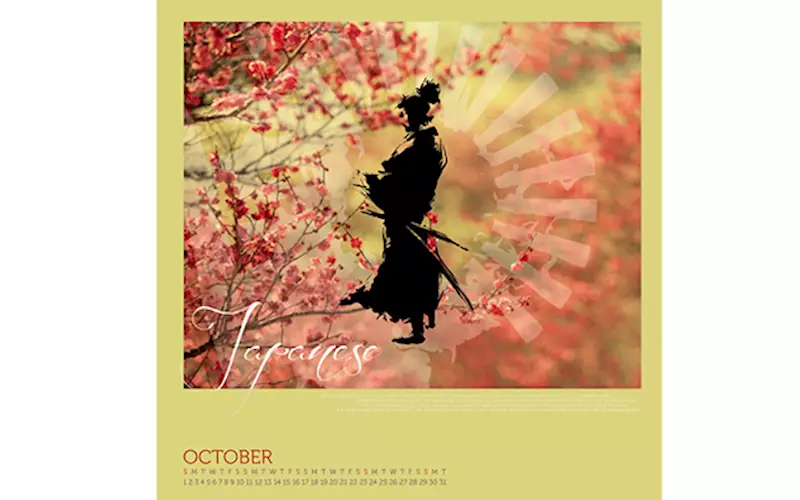
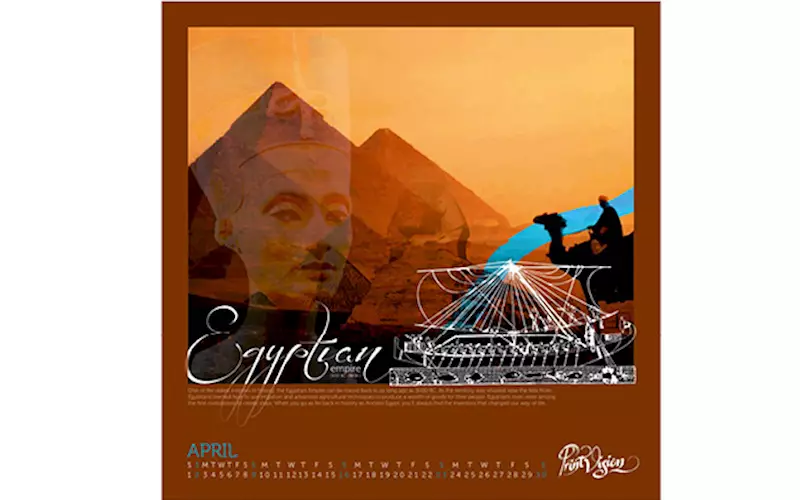
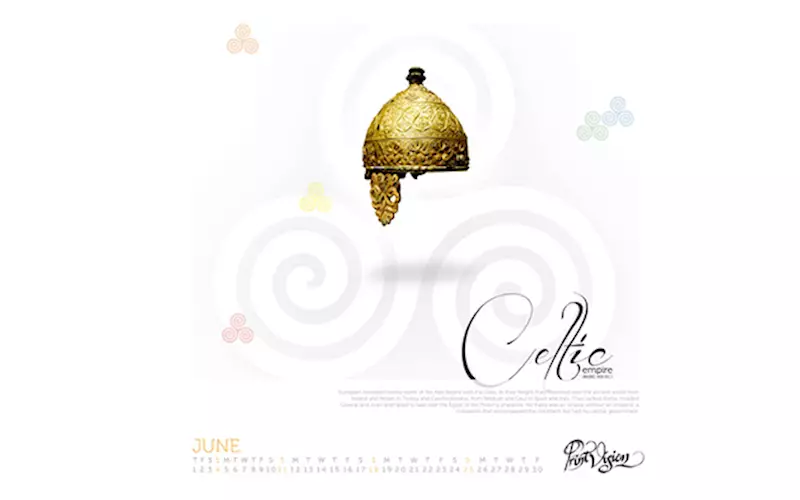


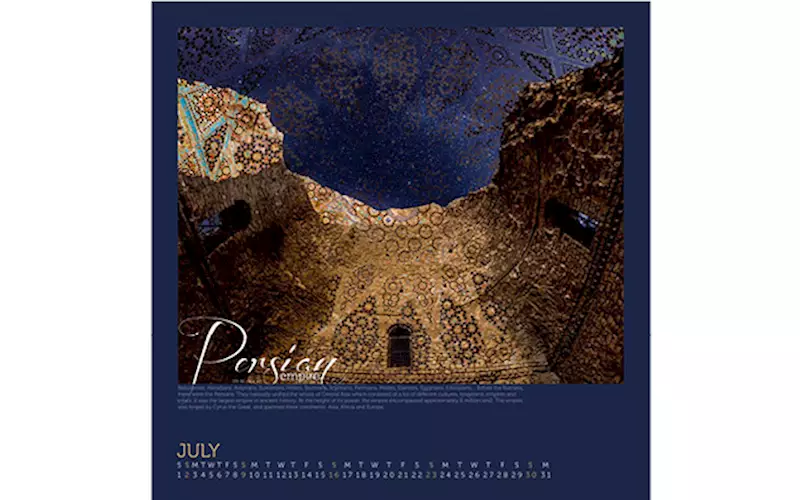
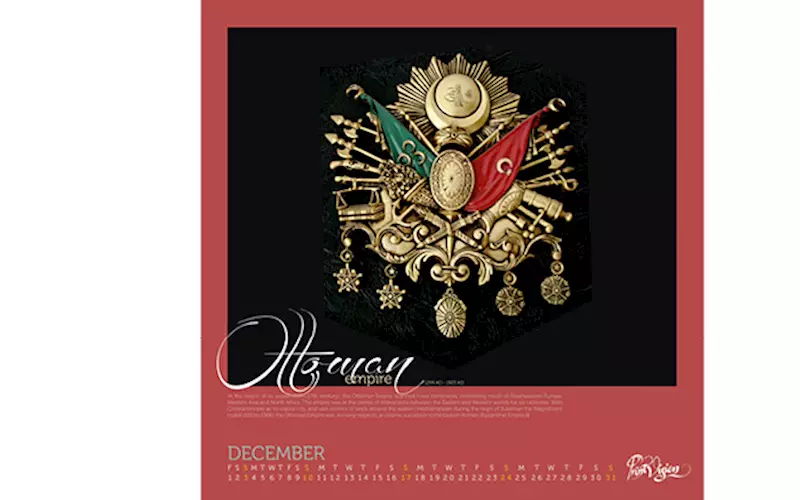
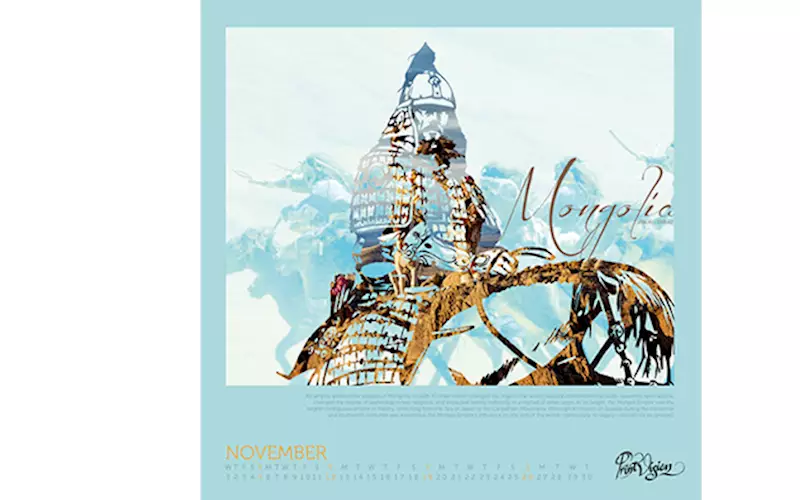
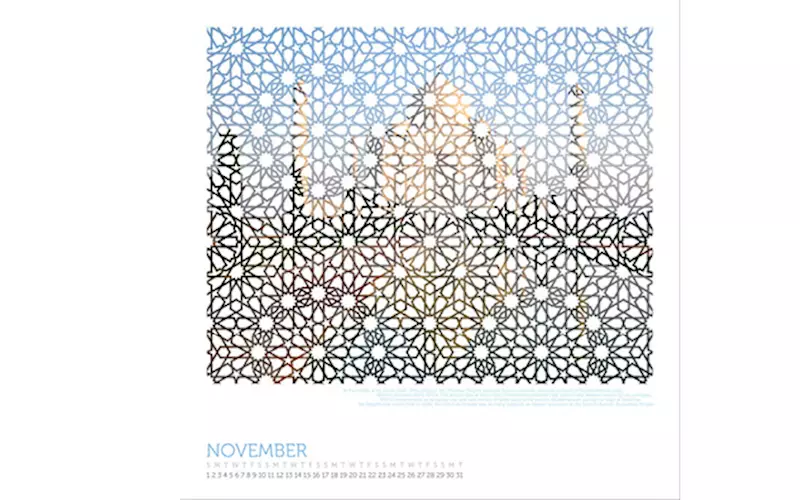
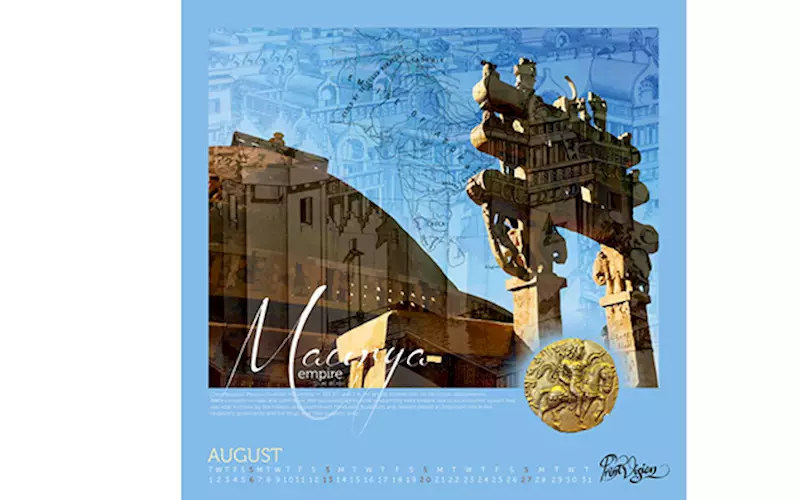
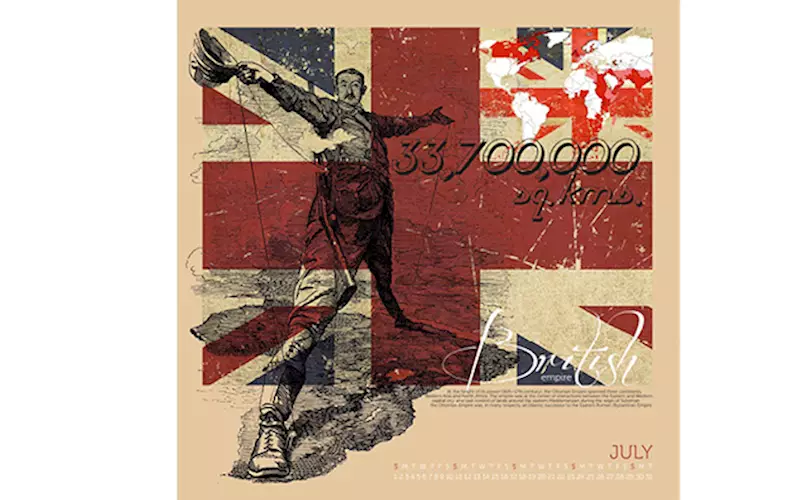
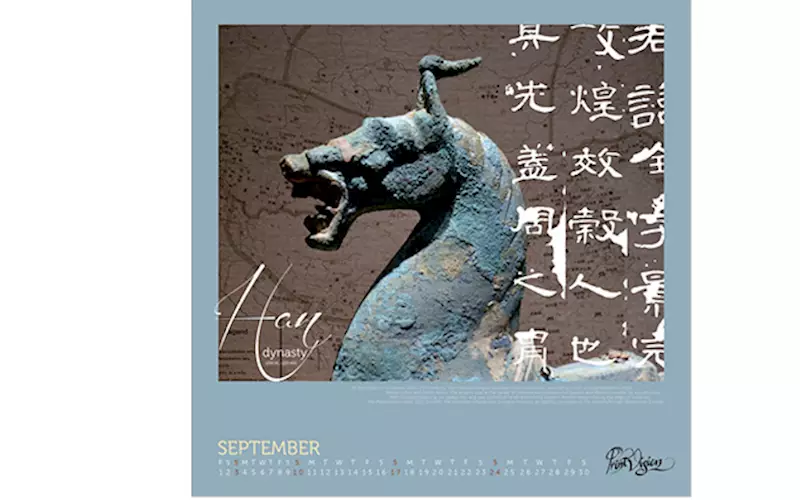

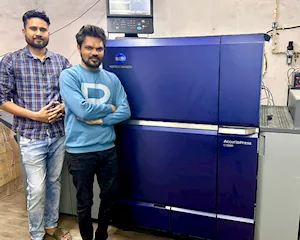










 See All
See All